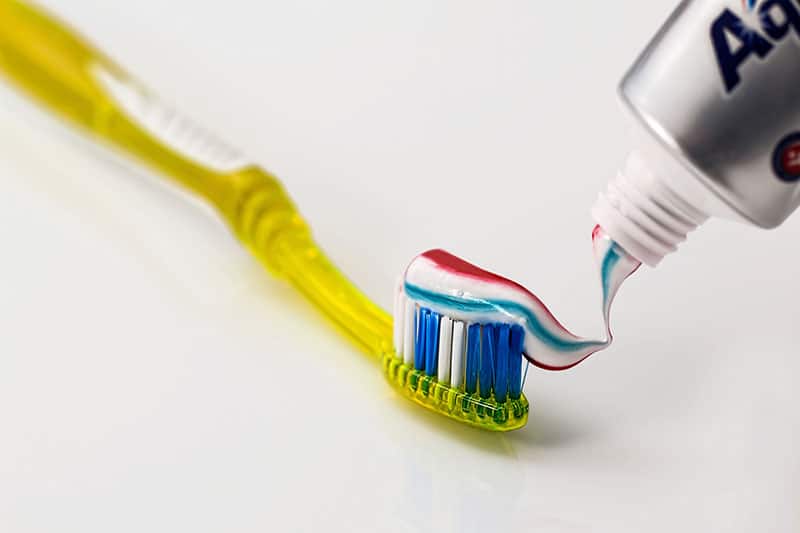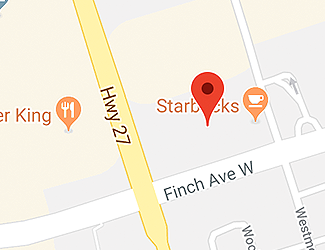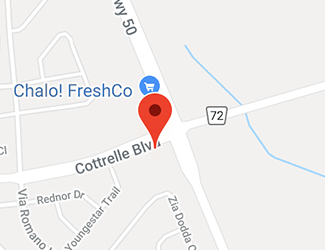How Often Should You Replace Your Toothbrush

If you knew just how many bacteria lived on your toothbrush you might be tempted to replace it on the daily. A single toothbrush can be teaming with 10 million bacteria and germs. It’s a breeding ground. The good news, though, is that the bacteria aren’t a threat to your teeth. Toothpaste has a built in anti-germ component, so it won’t make you sick. These microbes require moisture to survive, so provided your toothbrush has time to dry between uses, you are safe.
To take care of your toothbrush ensure you rinse it thoroughly and store it in an upright position. If you want to keep it squeaky clean between replacements, then you can soak it in alcohol to kill any germ build up. Mouthwash is effective as a toothbrush soak because it has antiseptic properties. You can also use a solution of half hydrogen peroxide and half water, or dip it in boiling water for up to 10 seconds. Toothbrush sanitizers have not been proven effective, and putting it in the microwave or dishwasher isn’t an acceptable course of action.
According to the American Dental Association you should replace your toothbrush every three months. This is due to the bristles wearing down, not because of the germs.
Though, that three months is merely a guide. It all depends on the brush itself, and you. If you are a rough brusher, then there’s a good chance that you’ll need to replace your toothbrush more frequently. If the bristles are flattened, or going in different directions then it’s time to replace. It’s important that you check your children’s brushes regularly, because they generally need replaced more frequently than adults.
Advice says that you don’t need to replace your toothbrush after an illness, even a cold. Provided it dries between uses the germs cannot survive. Saying that, if you have an oral ulcer, or broken tissue in your mouth then even healthy microorganisms can be the cause of further infection.
If you have trouble keeping track of your toothbrush life, there are brushes that have color changing bristles that let you know they’re worn out and it is time to get a new toothbrush. This advice also applies to the heads on your electric toothbrush.
Another great way to self-remind, provided you visit your dentist every six months, is to change your toothbrush after every check-up and then at the midway points between them. Or perhaps you could change your toothbrush with the changing of every season.
If you happen to be in the habit of sharing toothbrushes with family members- don’t. Tooth decay is an infectious disease, and sharing a toothbrush can transfer bacteria and saliva which can potentially cause it. Contact one of our locations today!







